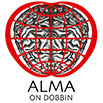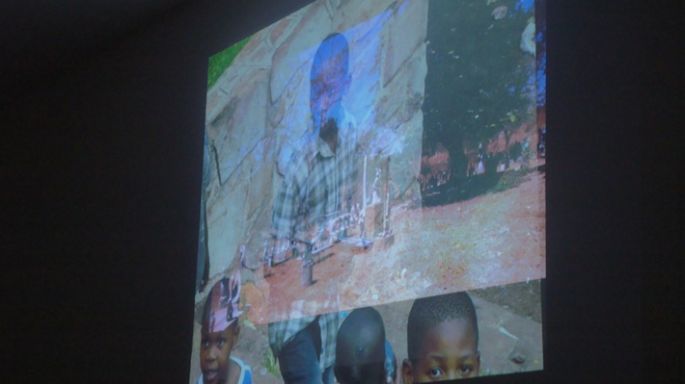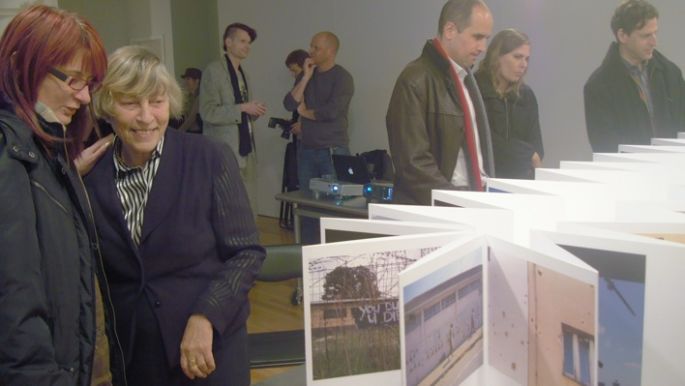
The Visual Collider
Artist book and projection by Nina Czegledy and Marcus Neustetter
January 7, 2010
On November 29, 2009, billions of subatomic particles were smashed together in nano-seconds. This occurred in Switzerland, inside the Large Hadron Collider (LHC), the world’s most powerful particle accelerator, designed to mimic the first moments of The Big Bang. Thousands of scientists worked for decades to achieve this scientific spectacle, “challenging those who seek confirmation of established knowledge, and those who dare to dream beyond the paradigm.” Inspired by a lecture on the LHC, artists Nina Czegledy and Marcus Neustetter set out to create a visual collider for the images and impressions they produce individually.
The Visual Collider premiered in September 2009 at the Gallery of Modern and Contemporary Art, Vela Luka, Croatia. The Visual Collider, like the LHC, can produce data through reaction, some of which is measured and some of which we cannot comprehend or express.
At Space on Dobbin, Nina Czegledy and Marcus Neustetter present the artist book of The Visual Collider, accompanied by a superimposed projection that collides Czegledy and Neustetter’s imagery.
Artists’ statement:
At the LHC, every function, including research, development and production, is based on principles and systems. Though our method, in contrast, is spontaneous, immediate, and intentionally unsystematic, there are significant junctures, including our interest in the intersection of arts, science, and technology. Scientific investigations explore the unknown for unexpected revelations. As artists, we often work with the bizarre, and travel towards unpredictable destinations, just as, in science, unexpected results, including happy accidents, often lead to significant solutions or theories. In our “Visual Collider”, we each present in juxtaposition raw, everyday objects and spontaneous moments, snatching and smashing them together, just as the Hadron Collider collides a myriad of particles in a fraction of a second.
The Visual Collider image sets, each derived from our own source material, traverse cultural, political, and personal boundaries. During the journey of collision, we cross time and space, bracketing generations and spanning continents in a never-ending conceptual loop. In the process, we invite viewers to develop their own hypothesis, their own “collider” of the project.
Nina Czegledy and Marcus Neustetter
© ALMA 2014





